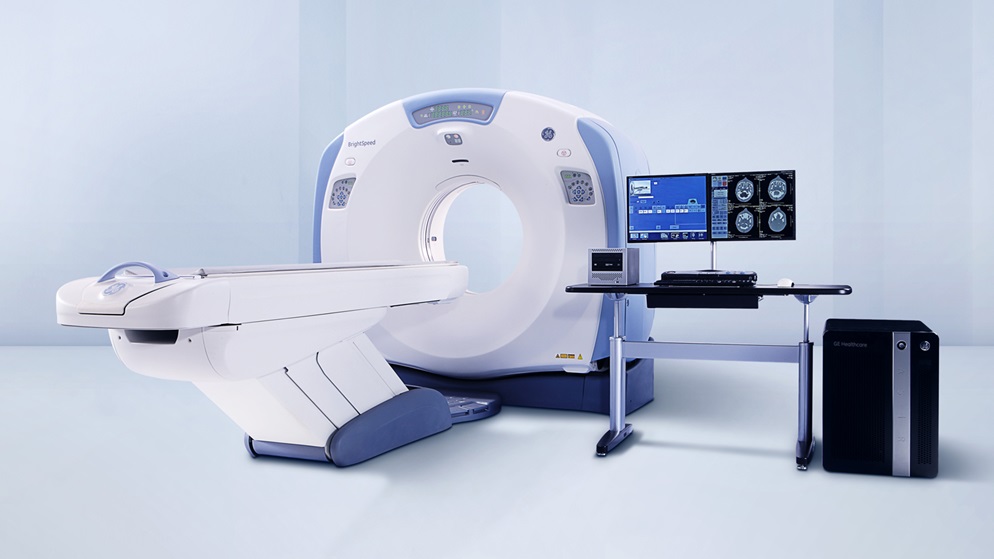
DICOM and HL7: Solving Interoperability Issues
Posted on September 19, 2019
DICOM offers a lot of capabilities for storing, transmitting and processing medical images and patient data. However, you must be aware that there are several other protocols, which causes interoperability problems. This time we’ll talk about interoperability and compare two common medical data standards – HL7 and DICOM, which are the most common protocols.
Interoperability issues may be illustrated in different ways. For example, a patient has to change hospitals (say, he is moving to another town). He expects that his EHR and all medical information would be transmitted successfully. But these two hospitals use different standards, and their information systems are unable to understand each other. So, the patient needs to retrieve his medical records on paper and perhaps even do some tests again. Imagine that the patient is seriously ill and needs treatment as soon as possible – then any delay means health deterioration.
Or suppose you run a medical business and transmit patient data to an imaging operator or a hospital. If you and your partner use the same standards, you’ll faсe no obstacles. Otherwise, your systems will encounter many errors or barely be unable to communicate. This can result in losing the partner because none of you want to abandon the system you are using as the switch is costly.
Now let’s focus on the protocols. What are the similarities and differences between HL7 and DICOM? HL7 can be used as an alternative to DICOM MWL, which is more imaging-oriented.
Herman Oosterwijk, the President of O Tech Inc., a company specializing in healthcare technology consulting and training, has been exploring the subject for years. In his judgment, the main points are as follows.
- HL7 is a transaction-based protocol. It is driven by events (e.g. the admission or discharge of a patient). According to these occurrences, an information system creates so-called “unsolicited events” and sends them to the other side of the connection, no matter who might be there. DICOM is a much more client-oriented protocol. For example, when using MWL, imaging equipment sends requests to an MWL server to receive a worklist.
- HL7 is a flexible standard, therefore it has become more of a guide than a standard for many healthcare facilities. HL7 is often customized on-site, while DICOM is much more rigid.
- HL7 files are somewhat larger in size because of character-based encoding, which implies conversion of pixel data to characters.
- Thanks to MPPS, the DICOM protocol can provide more timely and precise information about performed diagnostic studies.
We should also mention some institutional peculiarities. For example, HL7 offers several types of membership and regularly holds conferences and workgroups. As for DICOM, its use depends on the equipment or software you buy; sometimes you have to purchase this or that option separately. They also educate their customers, but to a lesser extent.
“While HL7 and DICOM have their own domains, they do definitely connect, however. The interface consists from a workflow perspective of two areas, i.e. where the ordering information for the imaging procedure is exchanged, and where the results, in the form of a diagnostic report and/or measurements are sent back to the information system.”
To the benefit of the end customer, both of the protocols do try to solve the compatibility issue. Besides, software developers have come up with customized medical applications that can link the two protocols. Even if you and your partner have taken different sides on the subject, you still can be fully compatible if you use one of those applications. Patient data can be rapidly transmitted, recognized, easily processed and managed.
For more information, please refer to Herman Oosterwijk’s articles:
